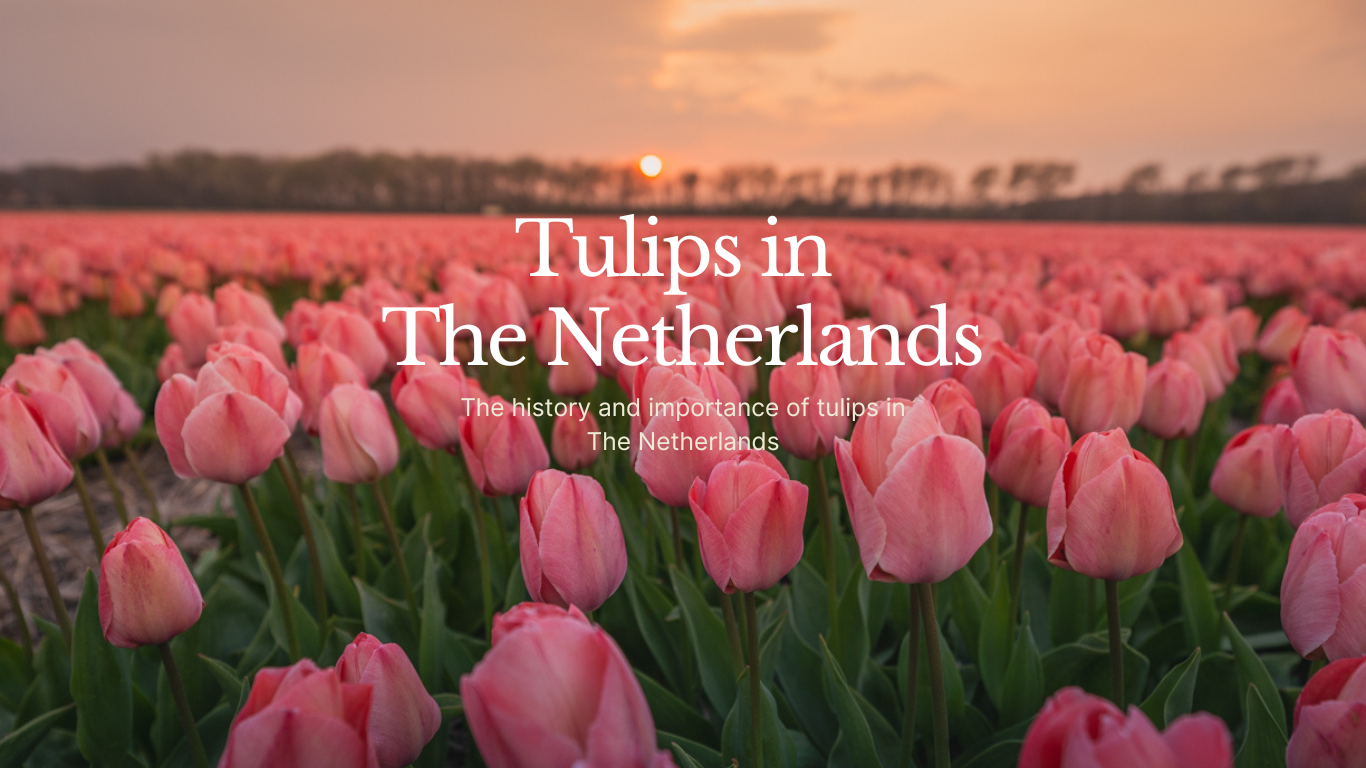
The History and Importance of Tulips in the Netherlands
Tulips hold a special place in the heart of the Netherlands, representing a significant part of the country's cultural heritage and economy. Known as the "flower of the Dutch," tulips have a rich history that dates back to the 16th century when they were first introduced to Europe from the Ottoman Empire.
During the 17th century, tulips became a status symbol among the wealthy, leading to an economic phenomenon known as "Tulip Mania," where the price of tulip bulbs soared to extraordinary levels. This period is often considered the first recorded economic bubble in history.
Today, the Netherlands is the world's largest producer and exporter of tulips, with millions of tourists visiting the country each spring to witness the breathtaking fields of blooming tulips. The Keukenhof Gardens, often referred to as the "Garden of Europe," is a major attraction where visitors can see over seven million flower bulbs, including a wide variety of tulips.
Beyond their economic significance, tulips symbolize love, beauty, and rebirth. In Dutch culture, they are often associated with the arrival of spring and new beginnings. The flower's vibrant colors and elegant shape make it a popular choice for gardens, bouquets, and floral arrangements.
In summary, tulips are more than just flowers in the Netherlands; they are a symbol of the country's history, economy, and cultural identity. Whether admired in the fields, sold in markets, or displayed in homes, tulips continue to play an essential role in Dutch life and heritage.


